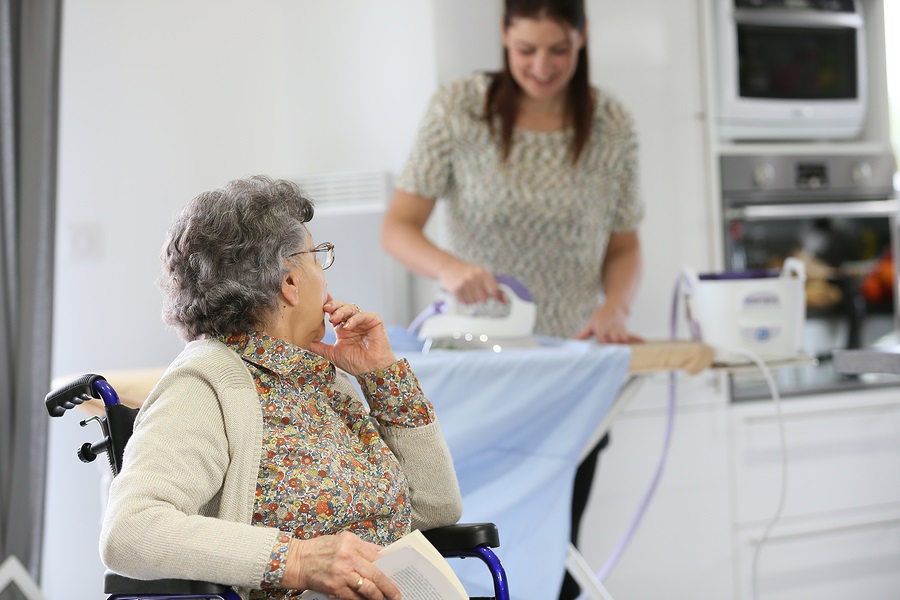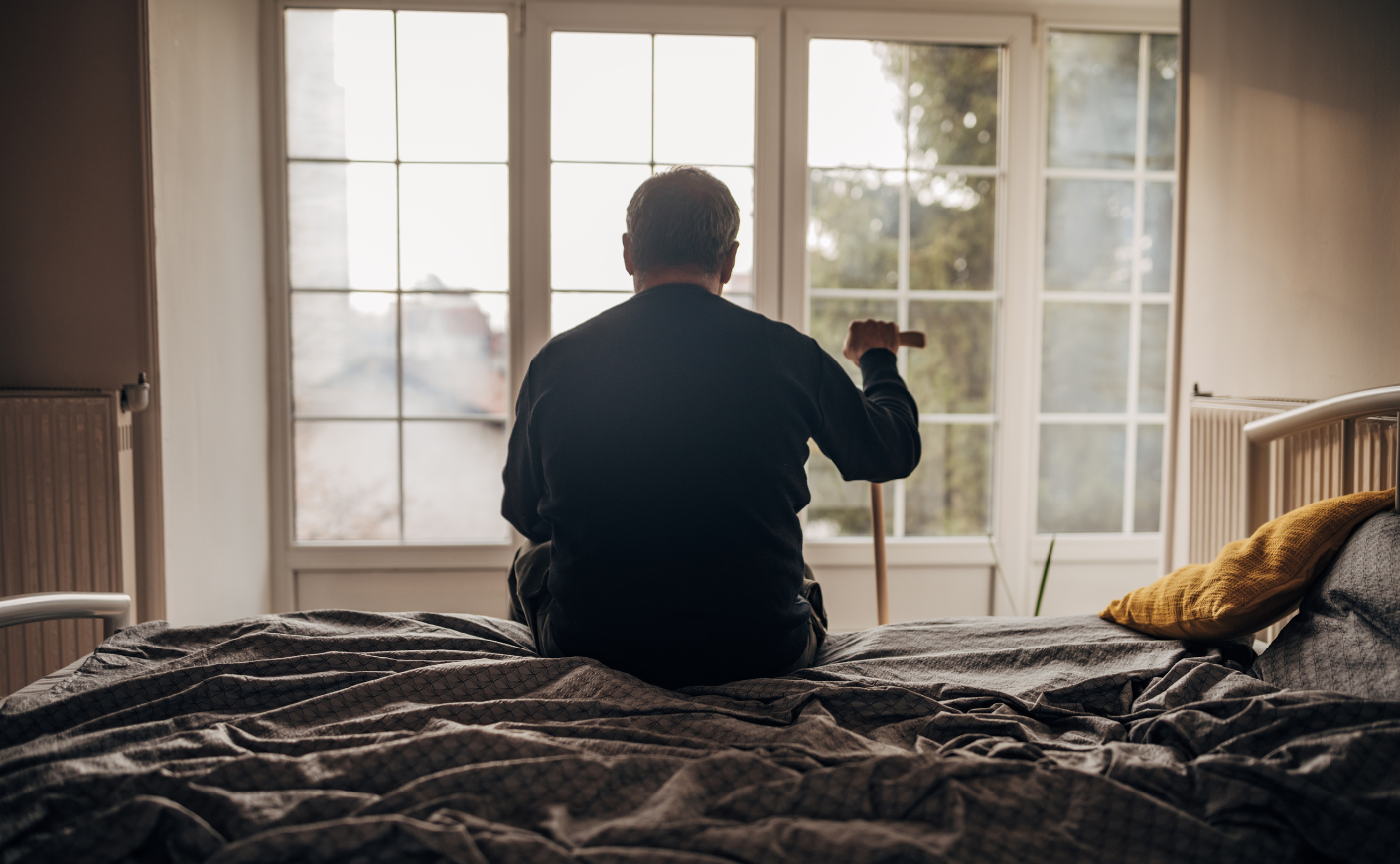In recent years, the conversation around seniors resisting fall detection devices has gained traction. As technology advances, the need for safety and security for the elderly becomes paramount. However, many seniors are hesitant to adopt these devices. Understanding why they resist and how we can address these concerns is vital for promoting their safety.

Why Are Fall Detection Devices Important?
Fall detection devices play a crucial role in ensuring the safety of seniors. According to the National Council on Aging, falls are the leading cause of fatal and non-fatal injuries among older adults. These devices use sensors to detect falls and alert caregivers or emergency services. This immediate response can save lives and reduce the severity of injuries.
Despite these benefits, many seniors are unwilling to use them. Let’s explore the reasons behind this resistance.
The Fear of Losing Independence
One of the primary reasons seniors resist fall detection devices is the fear of losing their independence. Many see these devices as a sign of frailty or as an admission that they can no longer take care of themselves. This perception can be difficult to overcome.
Privacy Concerns
Privacy is another significant concern. Seniors may worry about being constantly monitored or having their personal space invaded. This is especially true for devices that use cameras or other intrusive technologies. Solutions that prioritize privacy, like those found in fall detection without cameras, can help alleviate these fears.
Lack of Technological Familiarity
For many seniors, technology can be intimidating. They may not be familiar with how these devices work or how to operate them. This lack of familiarity can lead to frustration and reluctance to use the devices.
Addressing the Concerns
To encourage seniors to embrace fall detection devices, it’s essential to address their concerns effectively. Providing education and reassurance can make a significant difference.
Emphasizing Independence
It’s important to emphasize that fall detection devices are tools to enhance independence, not diminish it. By ensuring immediate assistance in case of a fall, seniors can maintain their lifestyle with greater peace of mind.
Privacy-First Solutions
Offering privacy-first solutions, such as smart elderly care solutions, can help assuage fears about privacy invasion. Devices that respect personal space while offering safety can be more readily accepted.
Technology Education
Providing simple, straightforward instructions and offering tech support can help make these devices less intimidating. Workshops or tutorial sessions can be beneficial in familiarizing seniors with how to use the devices effectively.
Engaging Family and Caregivers
Family members and caregivers play a crucial role in encouraging seniors to adopt fall detection devices. By involving them in the selection and education process, seniors may feel more supported and confident.
Choosing the Right Device
Involving seniors in the selection process ensures they feel in control. It’s crucial to choose a device that aligns with their preferences and addresses their specific concerns.
Providing Emotional Support
Offering emotional support and understanding the fears seniors have can ease the transition. Family members can reinforce the benefits and provide reassurance that these devices are there to help, not hinder.
The Future of Fall Detection Technology
As technology continues to evolve, fall detection devices are becoming more sophisticated and user-friendly. Innovations in smart technology, such as IoT sensors, are paving the way for less intrusive and more effective solutions. Learn more about these advancements in IoT sensors.
Increased Personalization
Future devices will likely offer greater personalization, allowing seniors to customize their experience and feel more in control. This personalization can lead to higher acceptance rates among users.
Integration with Other Technologies
Integrating fall detection devices with other smart home technologies can provide a seamless experience. This integration can enhance safety and convenience, making it easier for seniors to accept and use these devices.
Conclusion
Understanding and addressing the concerns of seniors resisting fall detection devices is essential for their safety and well-being. By focusing on independence, privacy, and education, we can encourage seniors to embrace these life-saving technologies. As family members and caregivers, our support and involvement are crucial in this journey.

FAQs
Why are seniors hesitant to use fall detection devices?
Seniors may resist these devices due to fears of losing independence, privacy concerns, or unfamiliarity with technology.
How can we address privacy concerns with fall detection devices?
Choosing privacy-first solutions and ensuring the devices do not invade personal space can help alleviate privacy concerns.
What role do family members play in encouraging device usage?
Family members can provide emotional support, help choose the right device, and reinforce the benefits of using fall detection devices.
This article contains affiliate links. We may earn a commission at no extra cost to you.






